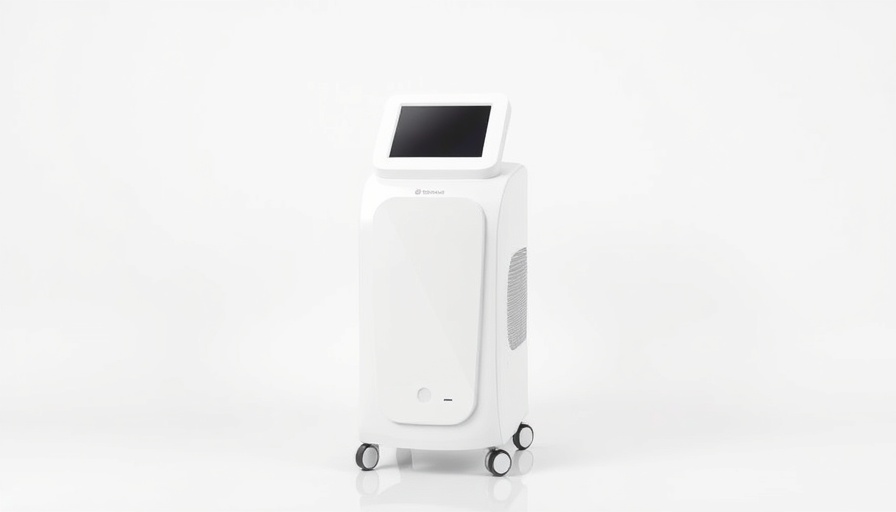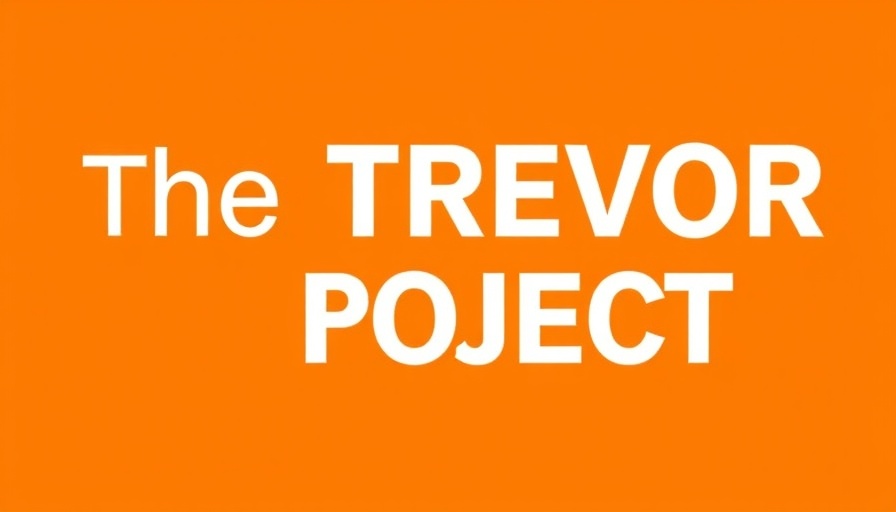
The Shifting Landscape of Medical Aesthetics
As the medical aesthetics industry, now valued at an impressive $17.5 billion, continues to evolve, a new player has entered the scene: GLP-1 medications. These medications, originally designed for weight loss, are significantly impacting aesthetic practices across the United States. In 2024, the industry grew by 2%, but practices embracing GLP-1 treatments saw their revenues surge by an average of 9%. This stark contrast highlights the importance of adaptation in this rapidly evolving market.
Non-Surgical Revolution
In a clear trend towards non-surgical procedures, neurotoxins now account for the bulk of non-surgical aesthetic spending, reporting a 4% rise in patient expenditure. Meanwhile, surgical procedures have remained stagnant, indicating a shift in consumer preferences. Consumers today are drawn to less invasive options, and GLP-1 treatments are perfectly positioned within this growing segment of the market.
The Patient Investment Surge
The data shows a fascinating trend: average spends per patient at aesthetic practices have grown to $1,471 in 2024, marking a 5% increase. This willingness to invest in personal aesthetics not only signifies changing attitudes towards beauty but also implies that people view aesthetic enhancements as pivotal to their well-being and confidence. As more practices introduce GLP-1 medications, they are seeing a new clientele, with approximately 40% of these patients being entirely new to their services.
The Generational Shift
Generational dynamics are also shifting in the aesthetics arena. The latest findings reveal that Gen Z now makes up about 10% of aesthetic patients, a threefold increase since 2017. This demographic transformation showcases a trend toward younger consumers who are more open to aesthetic treatments than their predecessors, such as baby boomers, who now compose only 20% of the patient base.
Why Practitioners Must Adapt
Erik Haines, managing director of Guidepoint Qsight, emphasizes, “The medical aesthetics industry is continuously evolving.” Practices that integrate innovative treatments like GLP-1 medications are not only enhancing their revenue streams but also expanding their customer base. This indicates a clear pathway for longevity and success in a highly competitive field.
Conclusion: Embracing Change in Aesthetics
The intersection of weight loss and aesthetics is proving lucrative as more medical spas incorporate GLP-1 treatments into their offerings. As the landscape changes, it’s clear that the adoption of new treatments correlates with growth potential and diversification of clientele. For practitioners, understanding these trends is critical to staying relevant in a dynamic market.
 Add Row
Add Row  Add
Add 




Write A Comment